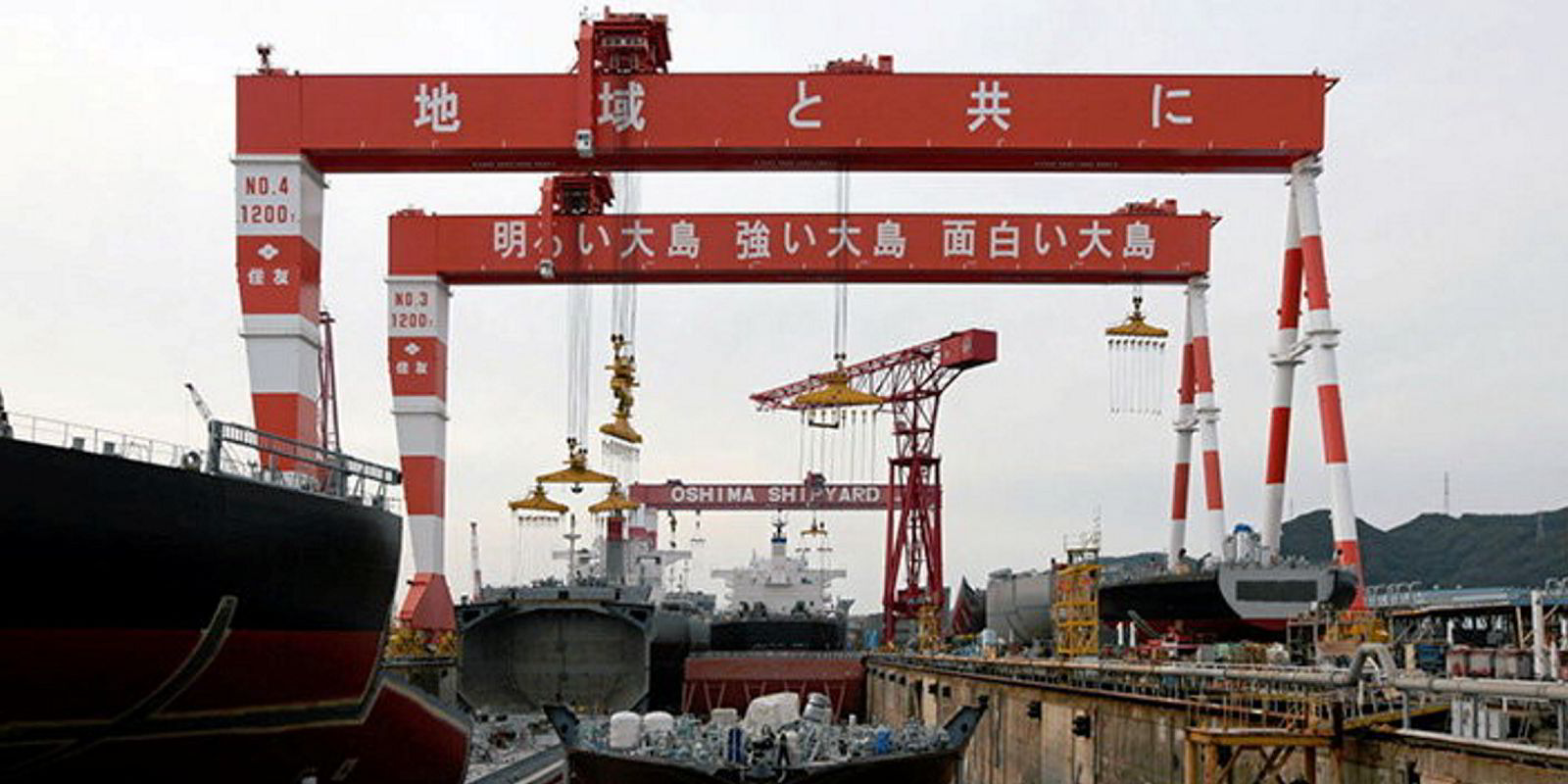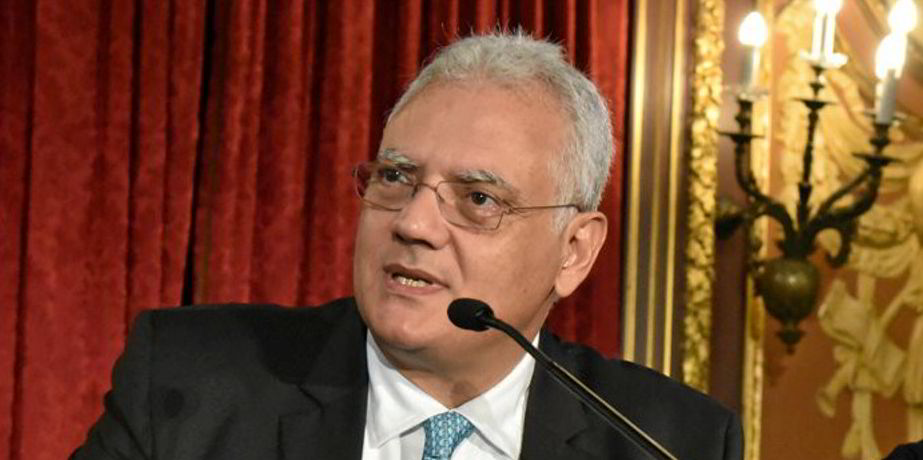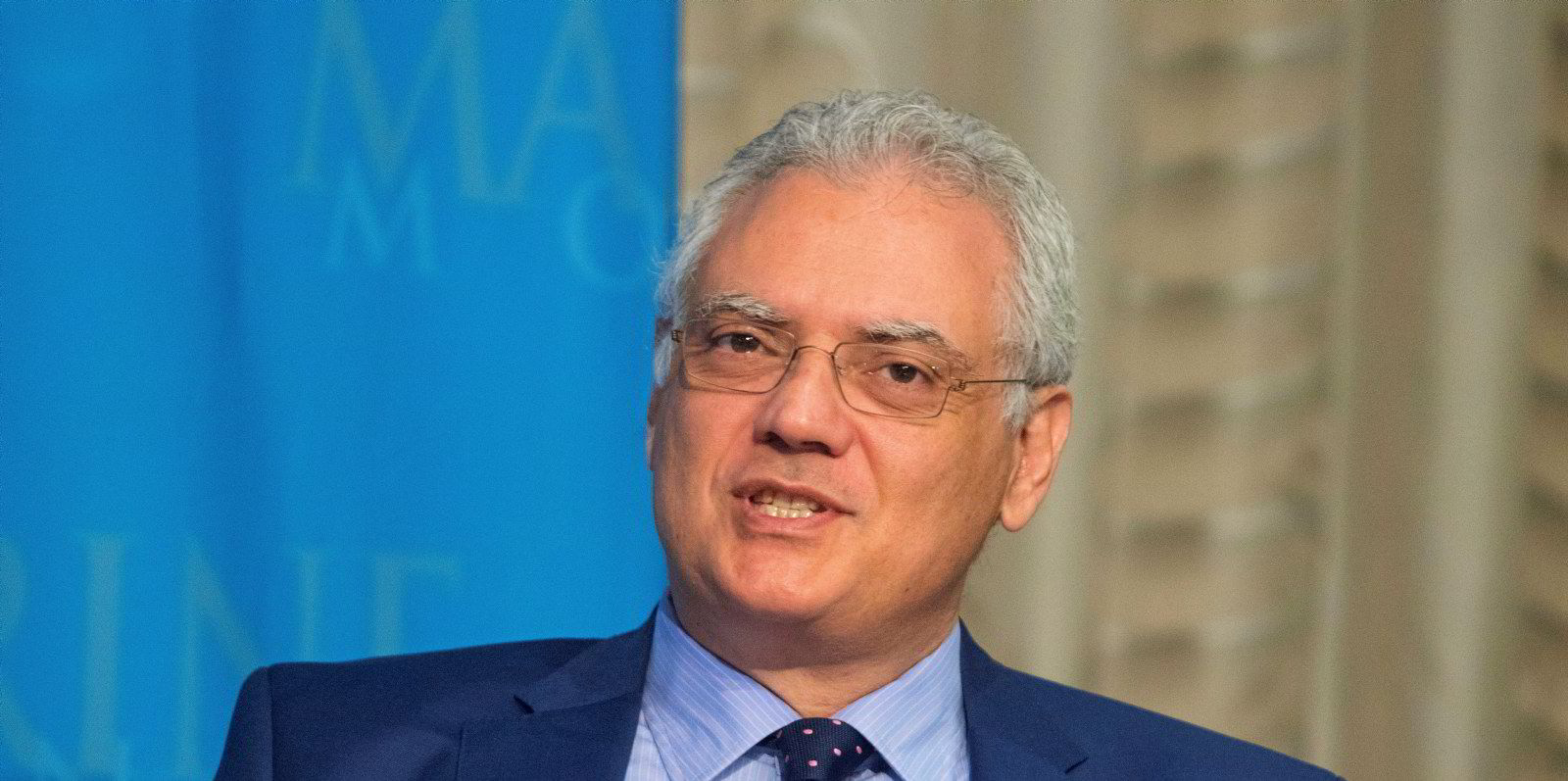Safe Bulkers chief executive Polys Hajioannou said on Thursday that dry bulk ships will continue to enjoy high freight rates in 2022.
And he believes the strong spot market earnings could even continue well into 2023.
“We expect this market should last a year or two more from now,” said Hajioannou, who is also founder and majority shareholder of the owner of 40 bulkers.
“We don’t believe there will be an orderbook in 2022 or 2023 to spoil the party.”
He gave the optimistic outlook during a conference call with analysts to discuss Safe Bulkers’ second-quarter financial results, in which the company posted its biggest profit in 12 years.
“The orderbook is so small in dry bulk,” Hajioannou said. “All yards are fully booked until the first quarter of 2024 with major activity in containers and before that we had major activity in tankers — but we have no activity in bulkers.”
At the same time, the shipowner said he sees stellar handysize freight rates as a sign there is a groundswell of demand feeding through the entire bulker market.
“I never before remember handysize earnings at $30,000 per day,” Hajioannou said.
“This means minor bulk is moving with bulk carriers and not on containers and this is boosting the base of the market a lot.”
Eight newbuildings are enough
Safe Bulkers was among just a handful of Greeks who ordered bulker newbuildings in 2020 — well before the current upcycle began. On Thursday, he said his company's ordering bout is coming to a pause for the foreseeable future.
"We're happy we got these eight [newbuilding] vessels," he said in the call. “I don’t expect we can find reasonably priced newbuildings from now on. It will be very difficult with the type of ships we want from Japan.”
Safe Bulkers is estimated to have spent a little above $30m on average for each of the five kamsarmaxes and three post-panamaxes it has booked since late last year at Oshima Shipbuilding and another undisclosed shipyard in Japan.
From now, the company will focus on the secondhand market to acquire 10-year-old vessels in replacement of older vessels the company is gradually shaking off.
Specific purchases are already in the pipeline.
“We have a couple of deals under negotiation, we’re going to conclude in the next few weeks,” he said.
These moves are part of a wider company strategy to replace about a quarter of its fleet by 2024. Safe Bulkers operates panamaxes, kamsarmaxes, post-panamaxes and capesizes.
A pause in further newbuildings is also to help the company get a better understanding of which fuel and propulsion technology will eventually prevail, as the maritime industry races to meet ever stricter environmental criteria.
Speaking in the conference call, Safe Bulkers executives said they were sceptical about LNG-ready or ammonia-ready solutions.
"We don't believe such designs are tradeable right now or even exist,” company president Loukas Barmparis said.
The US-listed company instead believes its current batch of newbuildings is the optimal way to go until the second half of the current decade. Safe Bulkers' newbuildings comply with Phase 3 of the International Maritime Organization's Energy Efficiency Design Index and Tier III NOx emission standards.

Patience with the dividend
Fleet renewal and debt reduction are the company’s priorities, Hajioannou said, urging shareholders to have a little more patience before the company starts distributing dividends again.
“The good market has started only six months ago,” he said when asked by analysts when payouts will resume.
“It’s more important for the company to deleverage and renew its fleet first and then to consider the dividend. Now we have work to do.”
Safe Bulkers made its last regular dividend payment in 2015. In the meantime, it has tried to keep shareholders happy in other ways, mainly through share buy-backs and a special shareholder rights plan.
That has not kept its stock price from soaring from $0.82 in October to a six-year high of $4.35 last month. The shares have come off since then to close at $3.25 on Wednesday, giving the company a market value of close to $400m.







